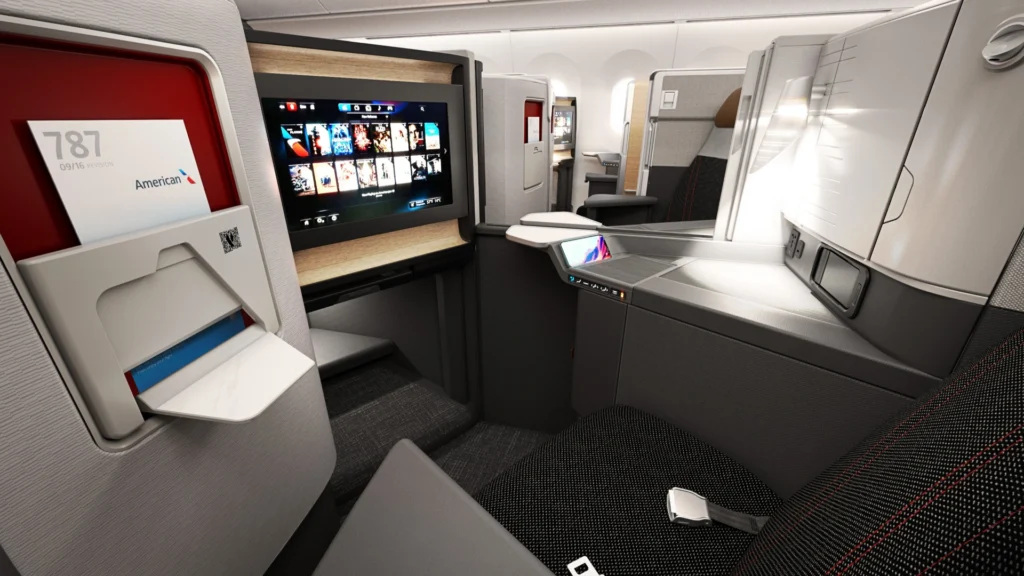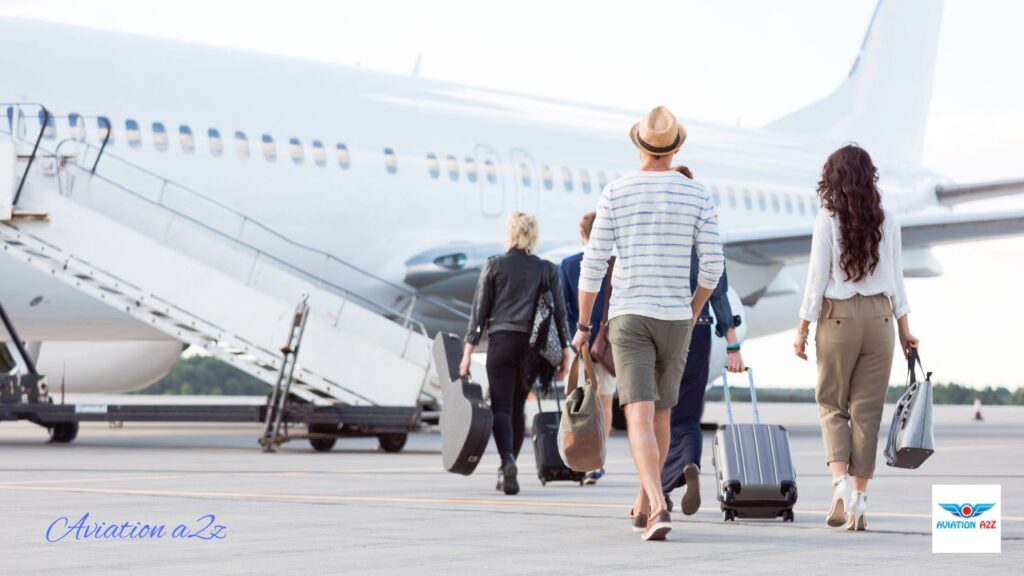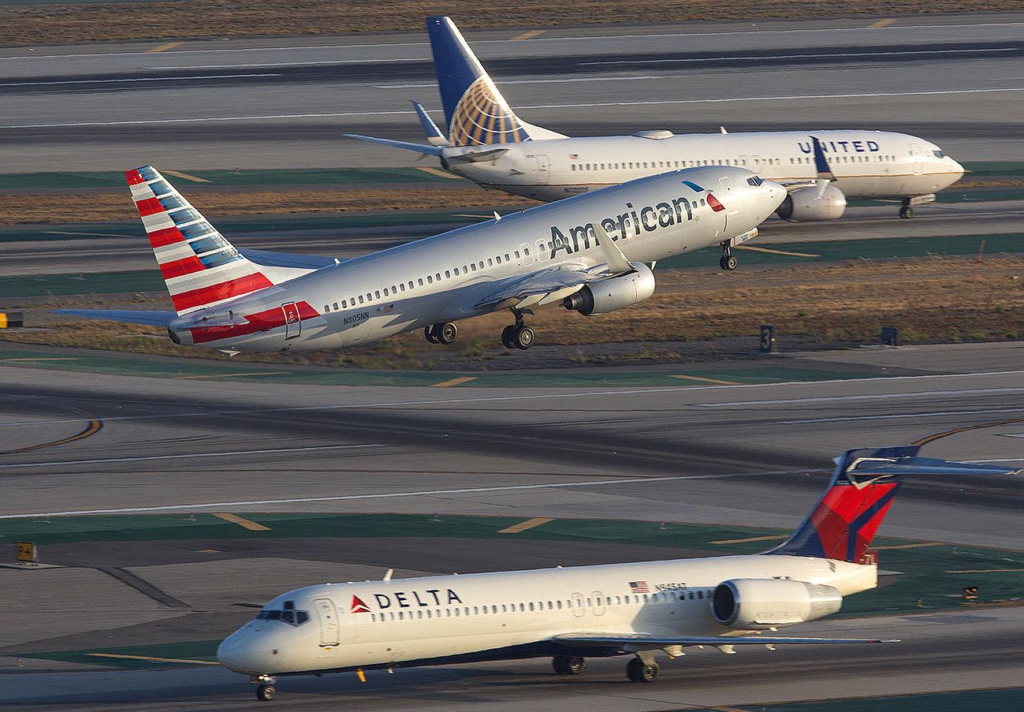
FORT WORTH- Solo and business travelers flying with American Airlines (AA), Delta Air Lines (DL), and United Airlines (UA) are increasingly paying higher fares than passengers booking in pairs or groups.
Recent fare searches reveal that flights from major U.S. hubs like Chicago O’Hare (ORD), Charlotte (CLT), and others show significant price differences based solely on the number of passengers during booking.
 Photo: American Airlines
Photo: American Airlines US Airlines Charging Higher Fares
Airfare pricing data gathered by the Thrifty Traveler shows a consistent and intentional pattern among the three largest U.S. carriers.
When booking for just one passenger, airlines often present higher-priced economy fares than when booking for two or more. In some cases, cheaper fare classes only appear when searching for multiple passengers.
For example, a one-way United Airlines (UA) flight from Chicago O’Hare (ORD) to Peoria (PIA) costs $269 for a solo traveler. But booking for two passengers reduces the price to $181 each.
A similar trend appears on Delta Air Lines (DL) and American Airlines (AA) flights, such as AA’s Charlotte (CLT) to Fort Myers (RSW) route, where a solo fare is $422 versus $266 per person when booking for two.
These discrepancies are tied to fare class availability. Airlines use dynamic fare buckets—Q, S, etc.—to manage pricing. When booking for one, the system may only show higher fare classes. When booking for two or more, lower-priced buckets may become available, revealing fares that solo travelers never see.
United, for instance, explicitly notes in its fare rules that certain low-cost tickets are valid only when accompanied by at least one other traveler aged 15 or older. No such restriction applies to higher-priced fares.
 Photo: Canva
Photo: CanvaStrategic Segmentation in Airline Pricing
Airlines have long used segmentation strategies to tailor prices for different customer types. This practice isn’t new—but applying it to penalize solo passengers reflects a more aggressive tactic.
Business travelers, often booking alone and less price-sensitive, are likely targets. By withholding the cheapest fares unless more than one seat is booked, airlines can nudge these travelers into more expensive fare classes. It’s an effective way to extract additional revenue without adjusting the baseline fare structures seen on public search tools like Google Flights.
Flight pricing has historically rewarded solo travelers with better availability for low fares. But this model appears to be shifting. For instance, a flight from Chicago O’Hare (ORD) to Lexington (LEX) shows fares of $214 for one traveler, while booking for two results in a combined $215, less than half the per-person cost.
This approach flips conventional logic, suggesting airlines are now optimizing not just routes and schedules, but passenger combinations as a means of increasing yield.
 Photo credit: Joe Pries
Photo credit: Joe PriesLimited Scope
While this pricing strategy has not yet spread across all routes or airlines, it is becoming more visible. The trend is currently concentrated on domestic, one-way flights and appears to exclude carriers like Alaska Airlines, Southwest, and JetBlue.
Fare analysis tools like ITA Matrix or Google Flights reveal how airlines segment their fare buckets. But most travelers are unaware of these internal mechanics. No airline has publicly commented on this emerging pricing tactic, and transparency remains limited.
Nonetheless, the financial implications for solo travelers are real. Whether traveling for work or personal reasons, individual passengers may be paying significantly more than those booking together, despite occupying the same seats on the same flight.
 Photo- Delta News Hub
Photo- Delta News HubBroader Implications for Consumers
This new pricing model reflects the broader reality of how modern airline pricing works: increasingly opaque, highly segmented, and optimized for profit.
Solo travelers—whether business professionals, individuals responding to emergencies, or those simply booking separately—may face an unintentional penalty due to how airlines interpret traveler intent.
The use of fare class restrictions and group-based fare availability adds a hidden layer of complexity to what seems like a straightforward purchase.
Unless addressed by regulation or competitive pressure, this trend may continue to expand quietly. In the meantime, consumers booking solo should consider testing prices for two or more passengers, even if only one intends to fly, just to see what options appear.
Update: In a statement to WCCO, a Delta spokesperson explained that the airline is “limited in what it can say about pricing” but emphasized that “this pricing structure is not new to Delta or the airline industry.”
Following public attention to the pricing strategy, Delta adjusted its nationwide fares on Friday afternoon, ensuring solo travelers now pay the same rates as groups.
United Airlines made a similar update Friday evening. As of Sunday, American Airlines had not made any fare changes.
Stay tuned with us. Further, follow us on social media for the latest updates.
Join us on Telegram Group for the Latest Aviation Updates. Subsequently, follow us on Google News
How American Airlines and United Are Trying to Win at New York JFK?
The post American, Delta, United Airlines Silently Charging Solo, Business Travelers Higher Fares appeared first on Aviation A2Z.

 5 miesięcy temu
5 miesięcy temu












